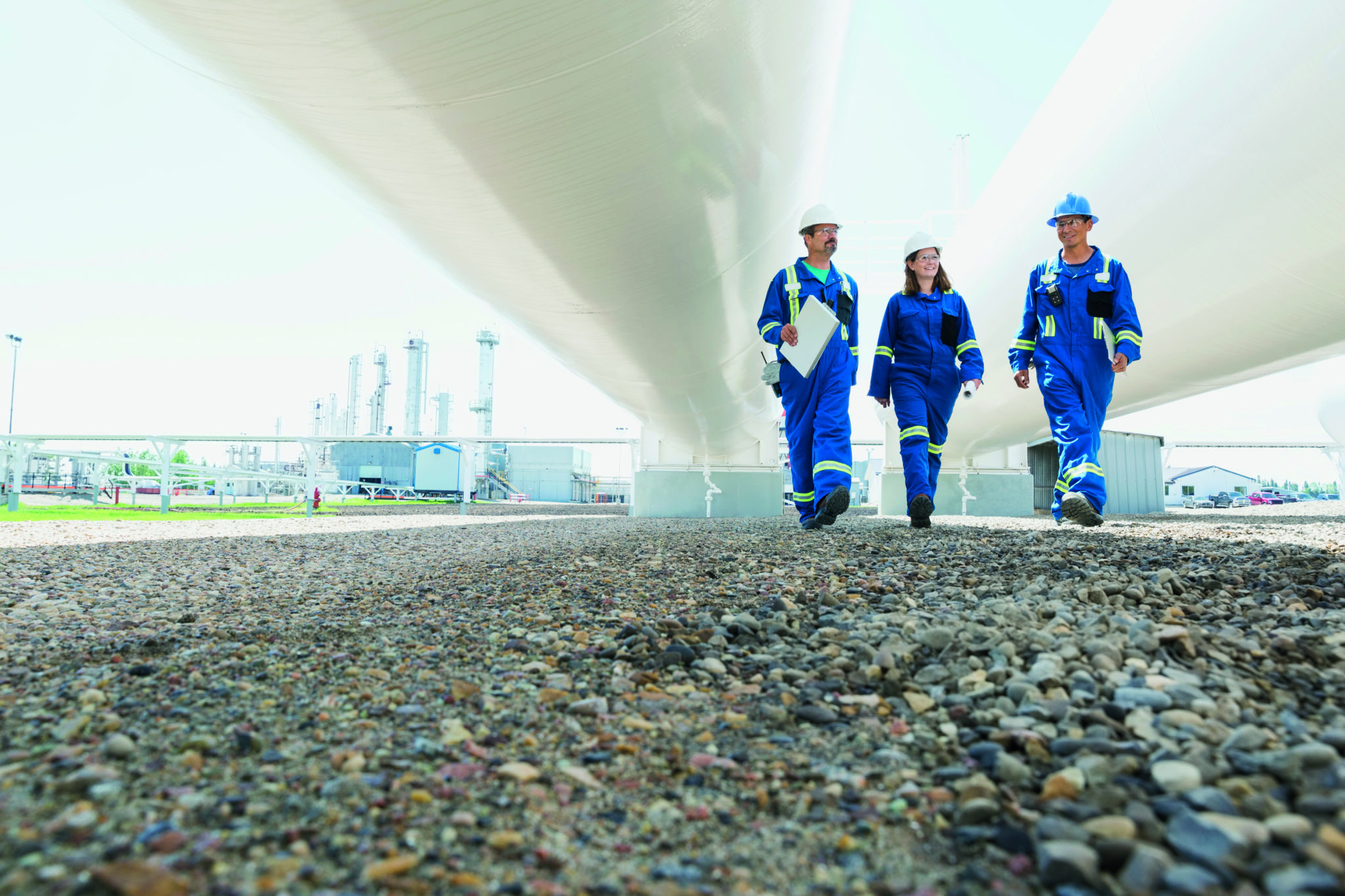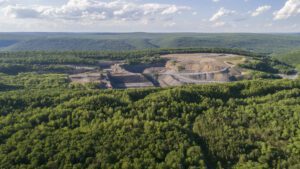Integrated Power and Process Systems
The benefits of integrated power and process systems on capital expenditure savings and on operational expenditure savings are very evident and have been acknowledged by engineering companies as well as by end users equally.
Developing Human Capital
Human Capital Management is defined as the process of acquiring, training, managing, retaining employees for them to contribute effectively in the processes of the organization. Developing Human Capital is central to most of oil & gas companies. Oil & gas companies roll out many initiatives for the overall development of the workforce that helps employees to keep up with the current technology as well as business and soft skills.
In the past 10 years, companies have started to increase the average time and budget allocated for training per employee. Employee training strengthens the workforce and makes it easier for your company to promote internally. You have control over what your employees know and how often they are refreshed on the information.
Companies who care for their employees and want to invest in their employees and will develop training processes to grow the people who work for them and prepare their employees for the future. Integrated power and process systems are one such tool that will help operations staff to understand complete operations of a unit, including the electrical equipment, to unlock the hidden efficiencies with the operations.
How integrated system helps in developing Human Capital
Several tools available today aid in developing human capital. From training to engineering, operations and maintenance, technology in every potential aspect where human intervention is involved, can be used to enhance human engagement which improves performance, safety and profitability.
Integrating power and process on a single platform unifies all the aspects of engineering, operations and maintenance, and helps companies to achieve optimization across all the stages of plant lifecycle.
Training Systems
Training tools have increasingly become sophisticated in recent years. Gone are the days we have to sit through a marathon of slides together or sweat it out in the field to get trained. Training based on an actual site with all the physical equipment is recreated using a 3D virtual reality digital twin.
In the 3D virtual reality trainer, the trainee ‘sees’ the process equipment as he will see at site and operates the equipment as is expected from standard operating procedure, and the equipment reacts in the same way as it would in real life.
The advantage with such a training is that even if the trainee makes a mistake while operating certain equipment, the resulting failure is virtual, saving thousands of dollars that otherwise could have been lost as a result of such a mistake. Such training makes trainees more aware of potential impact of their actions and allows companies to evaluate the readiness/performance of an employee before they are sent out to site.
Digital twins can be created at the conceptual stage of any project. This digital twin can be used to engineer the whole plant or a new unit being added to the existing plant for de-bottlenecking the existing plant.
Project Engineering and Delivery
Oil & Gas projects are complex with many packages and many deliverables. Integrating power and process engineering with a single unified engineering approach gives benefits and savings in E&I CAPEX of up to 20%. However, the benefit in terms of project management can be far greater.
Unified engineering platform enables seamless collaboration between different disciplines. Integrated power and process systems natively support electrical components in the same way as process components. A PID loop with process parameters is configured in the system as is iPMCC with electrical parameters. Engineers spend less time to configure the system as electrical components can now be directly configured into the same system as process components.
Engineers spend up to 30% lesser time to engineer the system. With digital twin, Engineers can test the systems without having to wait for the interface equipment to be ready.
Operations
An integrated system helps in consolidating the critical and most important safety and operational parameters to the operations team, enabling faster decisions while running the unit at most optimal levels of safety and efficiency. A plant operations employee trained for integrated systems has less workload due to the fact that there is more intelligent interaction between process parameters and power system.
Operations teams can also use trainer to simulate and improve plant efficiency while maintaining safety.
Maintenance
Advanced analytics, predictive and prescriptive maintenance are gaining increasingly higher acceptance among oil & gas companies. These tools help companies save thousands of dollars by preventing unscheduled downtime. These also help in improving the safety of employees who are not required to visit sites for monitoring of equipment, thus avoiding the risks associated with travel and unsafe site conditions.
Like most sectors, the oil and gas industry is growing more and more multi-generational. Many baby boomers are still in the workforce, clocking in with their younger Millennial counterparts. Generation Z is now expected to enter the workforce in the next few years.
Integrated power and process systems help in providing resources to improve engagement of workforce and improve profitability. Digitization tools such as immersive reality, augmented reality, help in capturing the knowledge from the retiring workforce in order to create training tools which are easier to adopt and deploy for effective training of younger generations.



